
Human Ecology Interactions with Organisms & Environment

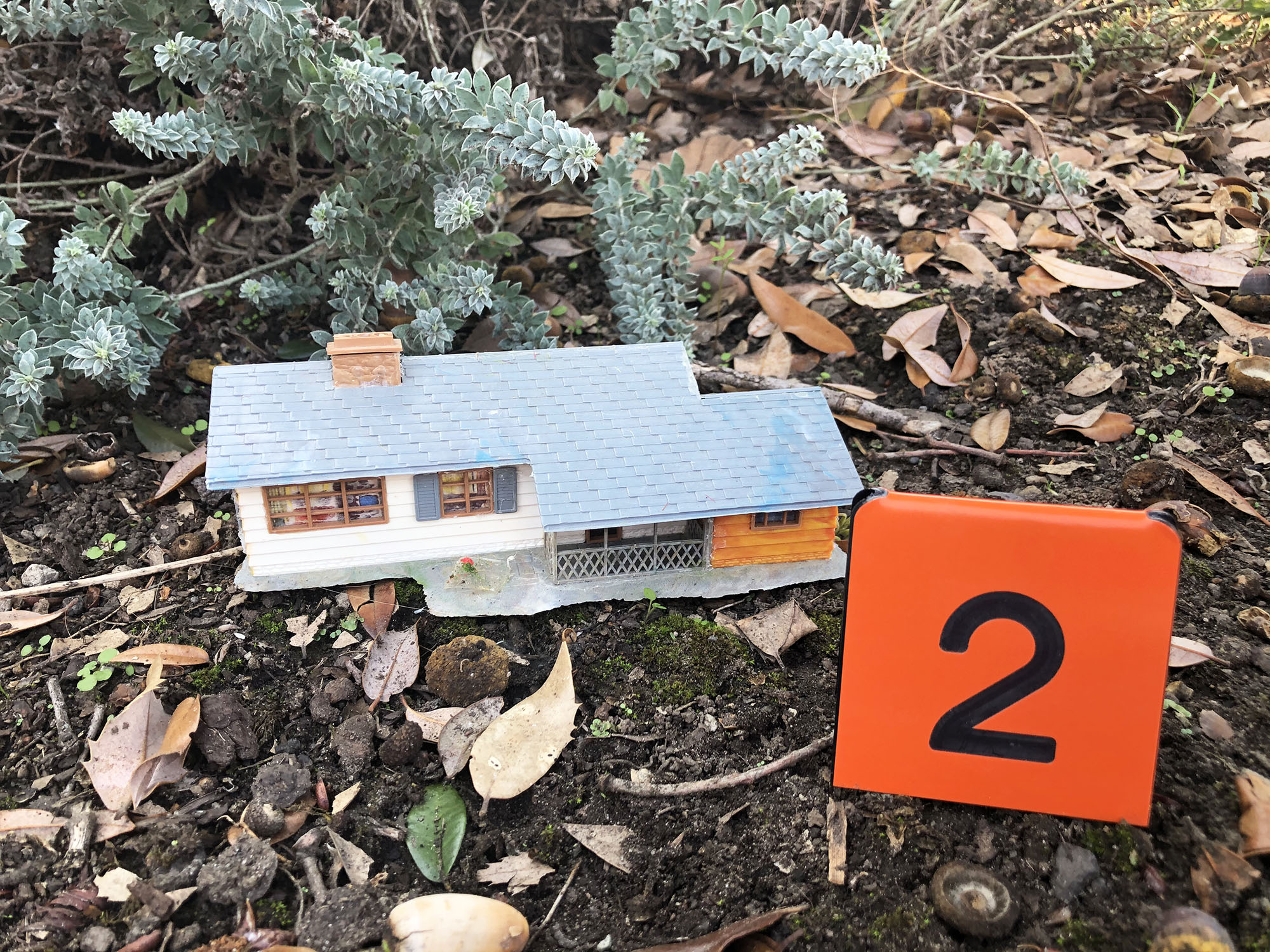
Human Ecology Objectives
-
Map the distribution of humans on earth.
- Describe how humans can change environments over time using historical examples.
- Provide examples of human interactions with other species, including parasites and organisms used for food.
This section examines our species using an ecological lens.
To figure out where we are as a species and how we got here, it can be useful to study earlier human populations and their practices. We will include videos from the Museum of Natural and Cultural History, located in Eugene Oregon, in the next few sections of this Guide.
Note: we took these videos in the winter of 2020 right before pandemic closures.
Part of the challenge of being humans is that we are trying to balance our ability to exploit a wide range of resources with the long-term impact on ecosystems and organisms. We look to earlier populations who were able to keep balance with nature, albeit with much smaller population sizes.
Human Distribution
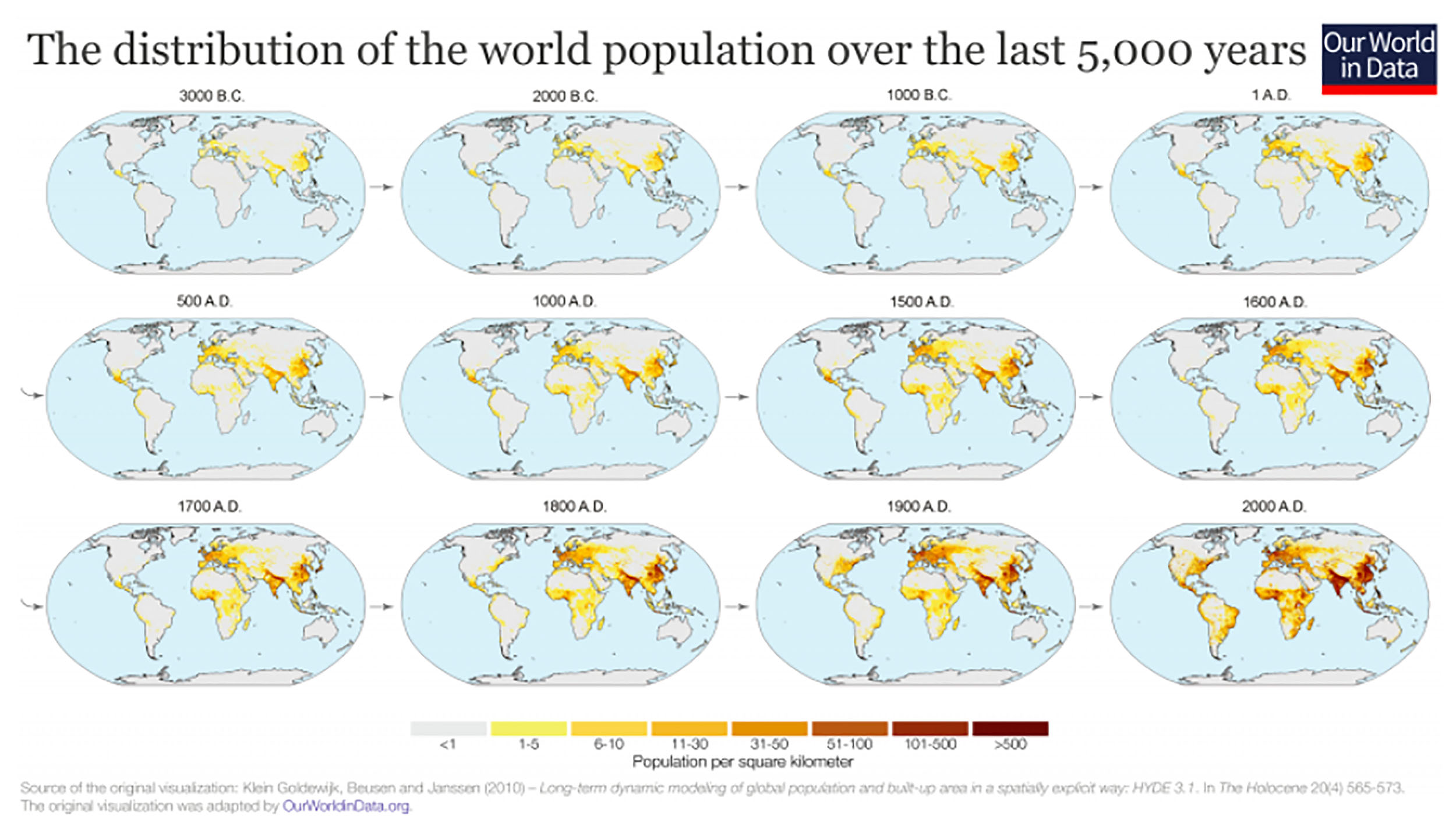
Human distribution on Earth has changed as we have grow in in population size and increased travel.
From this chart, where were most humans located 5,000 years ago?
Where are most humans located today?

Current population density varies around the world. This map indicates density by country. Which countries have the highest population density? The lowest?
To confirm your identification of countries, you can use this world map.
This map indicates the size of a country based on its population. Altering world maps to convey information is one of the most powerful forms of data visualization.
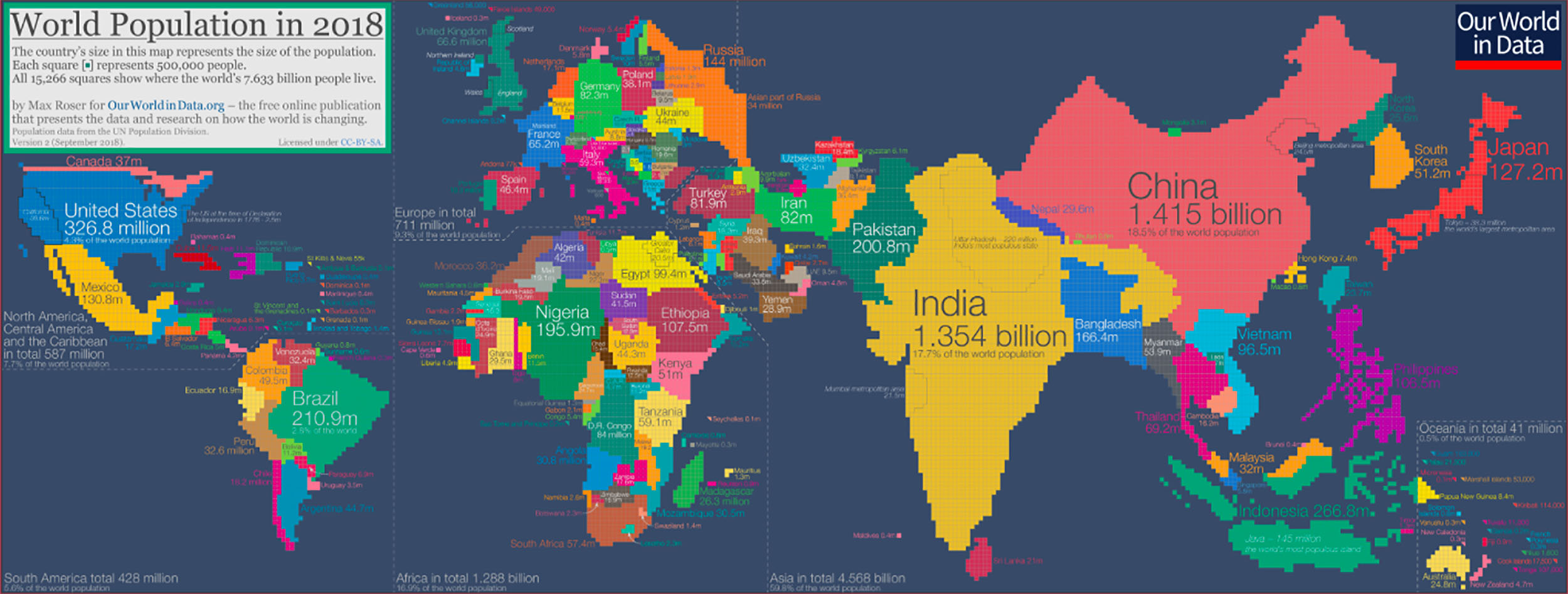
Changing Our Environments
For most of human history, nature was not viewed as separate from human culture. Daily activities and practices were interwoven with other organisms, ecosystems, and natural phenomena like changing seasons.
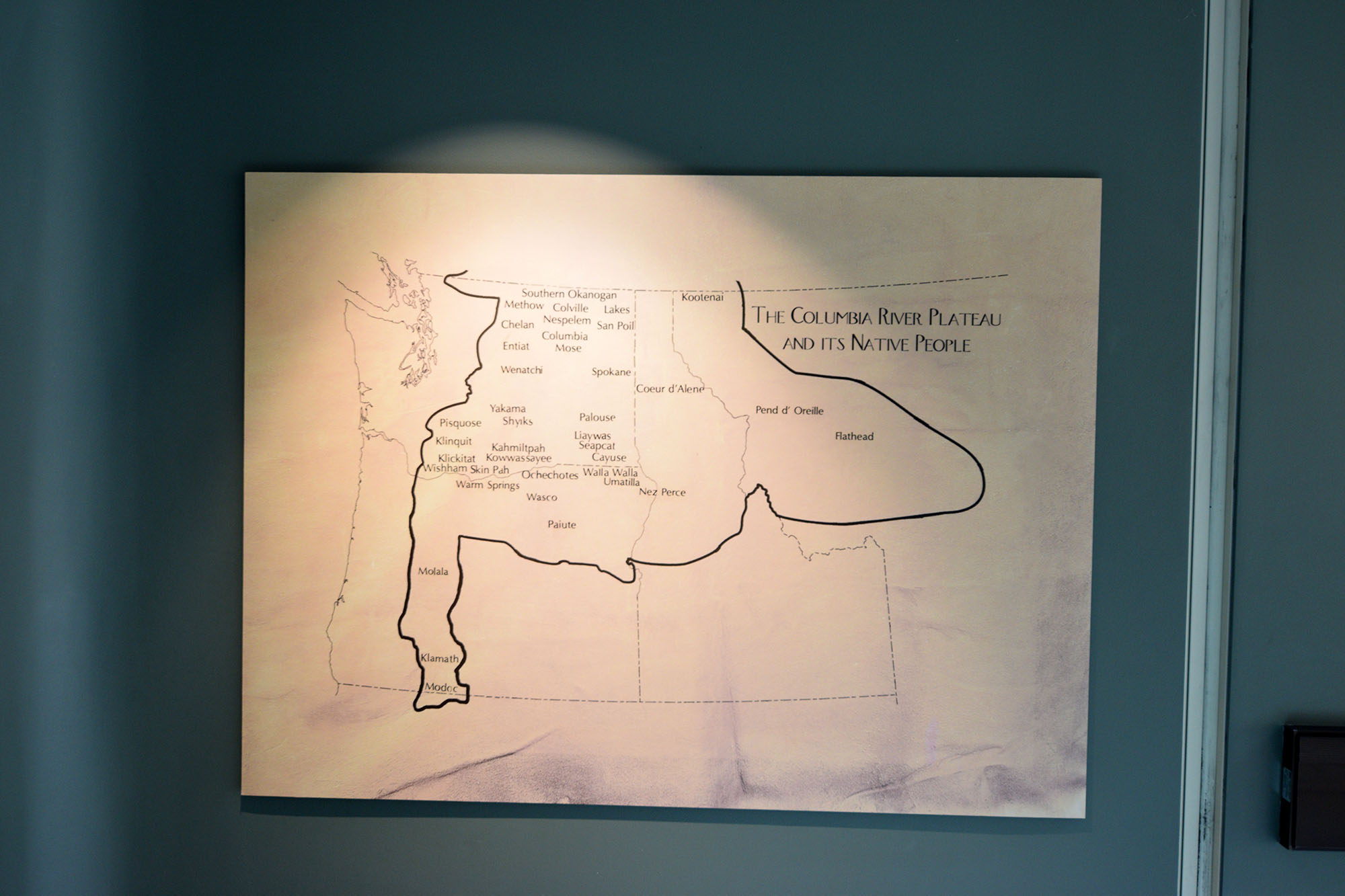
The Native People of the Columbia Plateau, lived throughout the high desert regions of Oregon to the basin of the Columbia River. This far from the equator, seasonal changes are significant impacts.
These exhibits are from the High Desert Museum near Bend, Oregon.
The seasonal round was a form of migration that maximized resources, going where food was available.
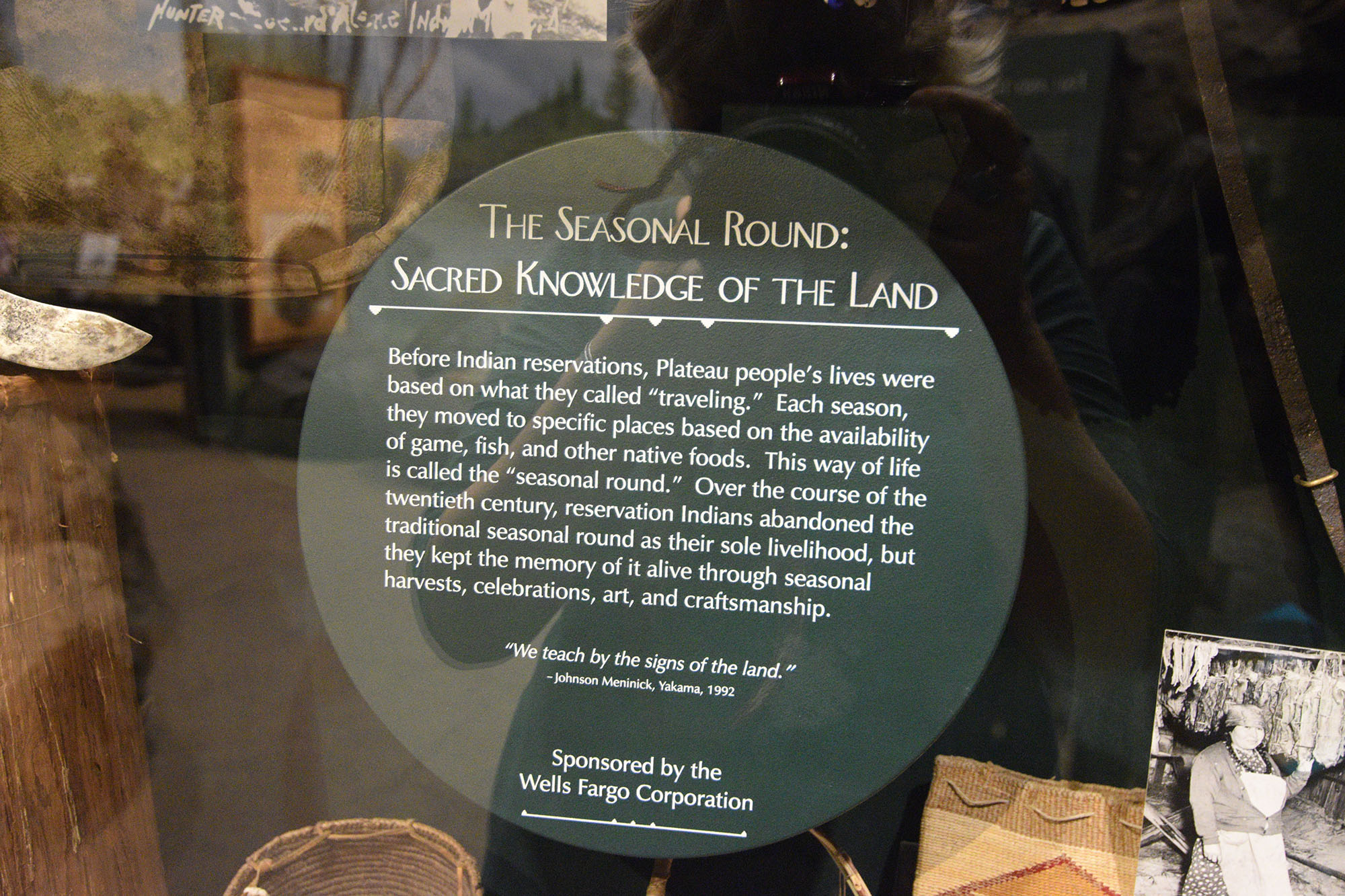
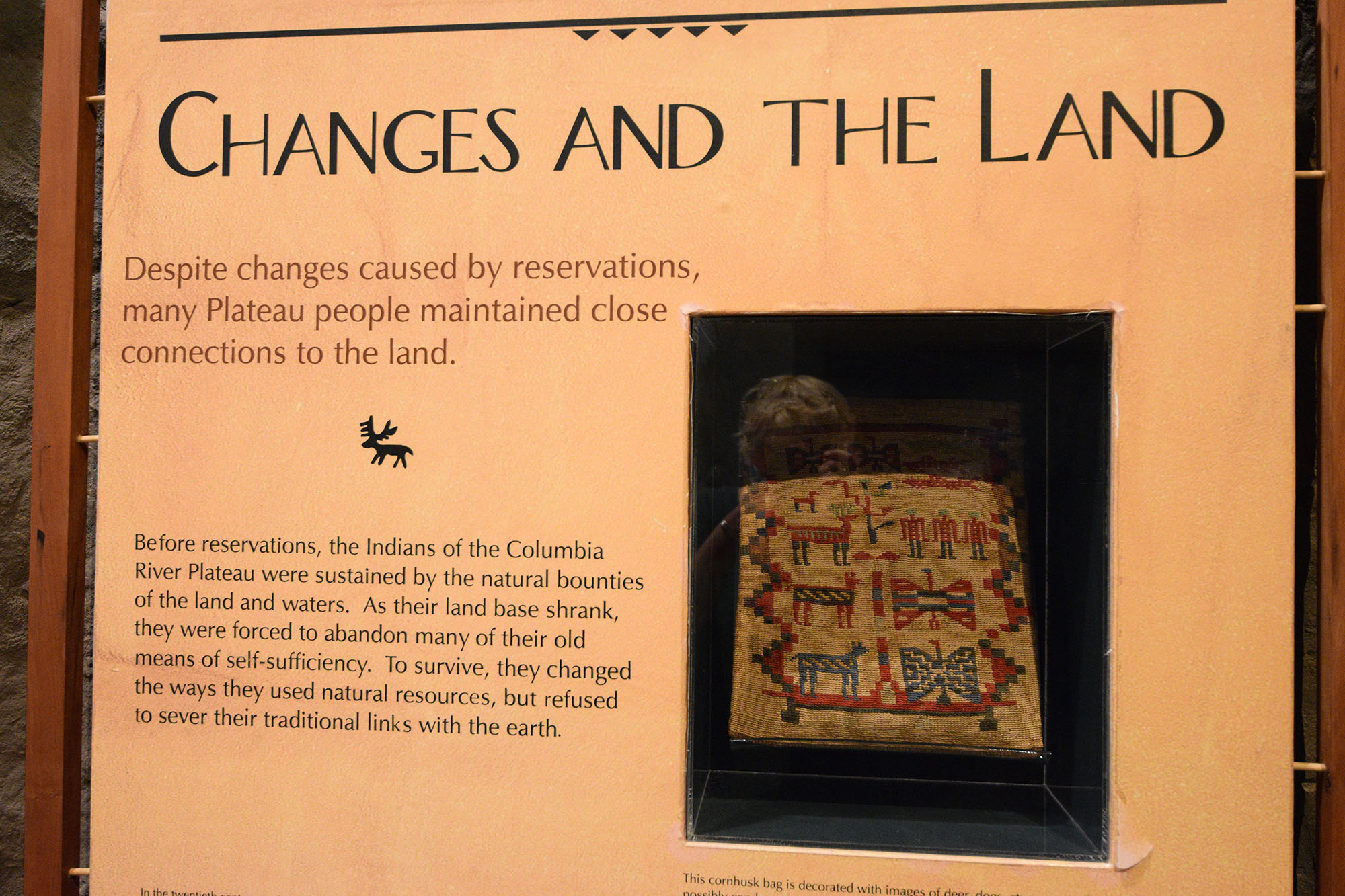
Removal from native lands and placement on reservations reduced movement, and as a result, altered cultural practices associated with specific organisms and environments.
The Native People of the Columbia Plateau have continued to change activities with the seasons, adopting materials and practices from European settlers.
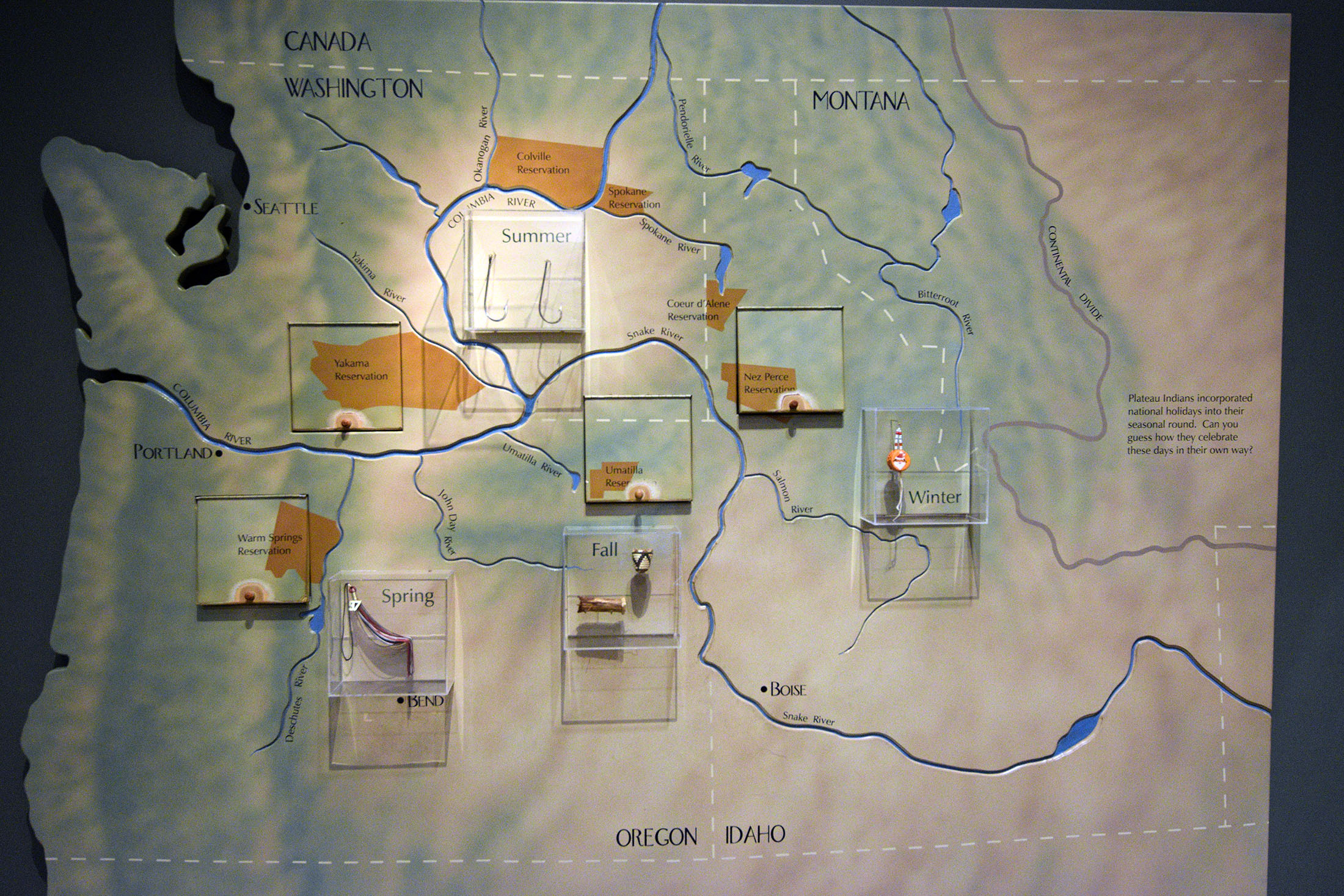
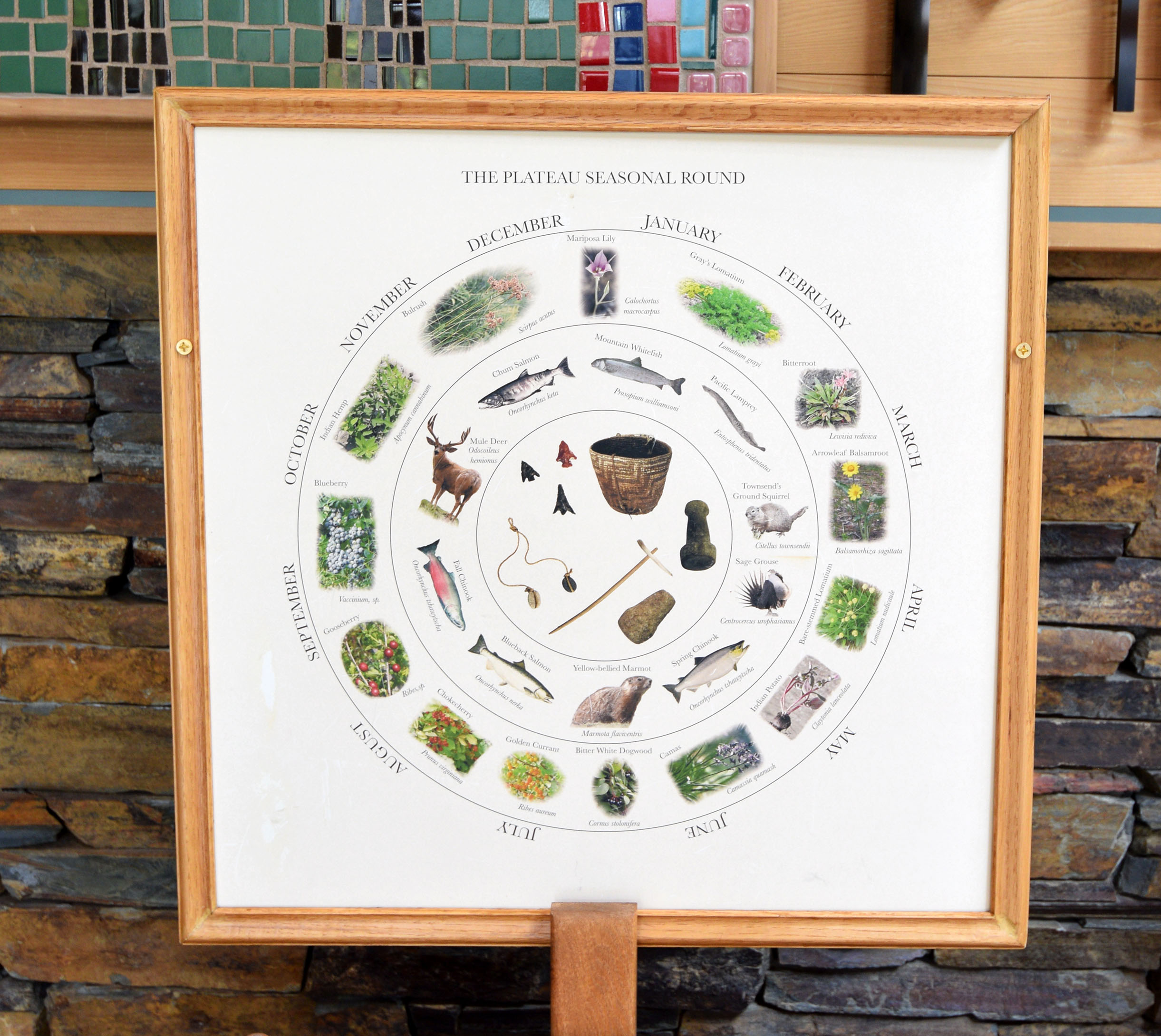
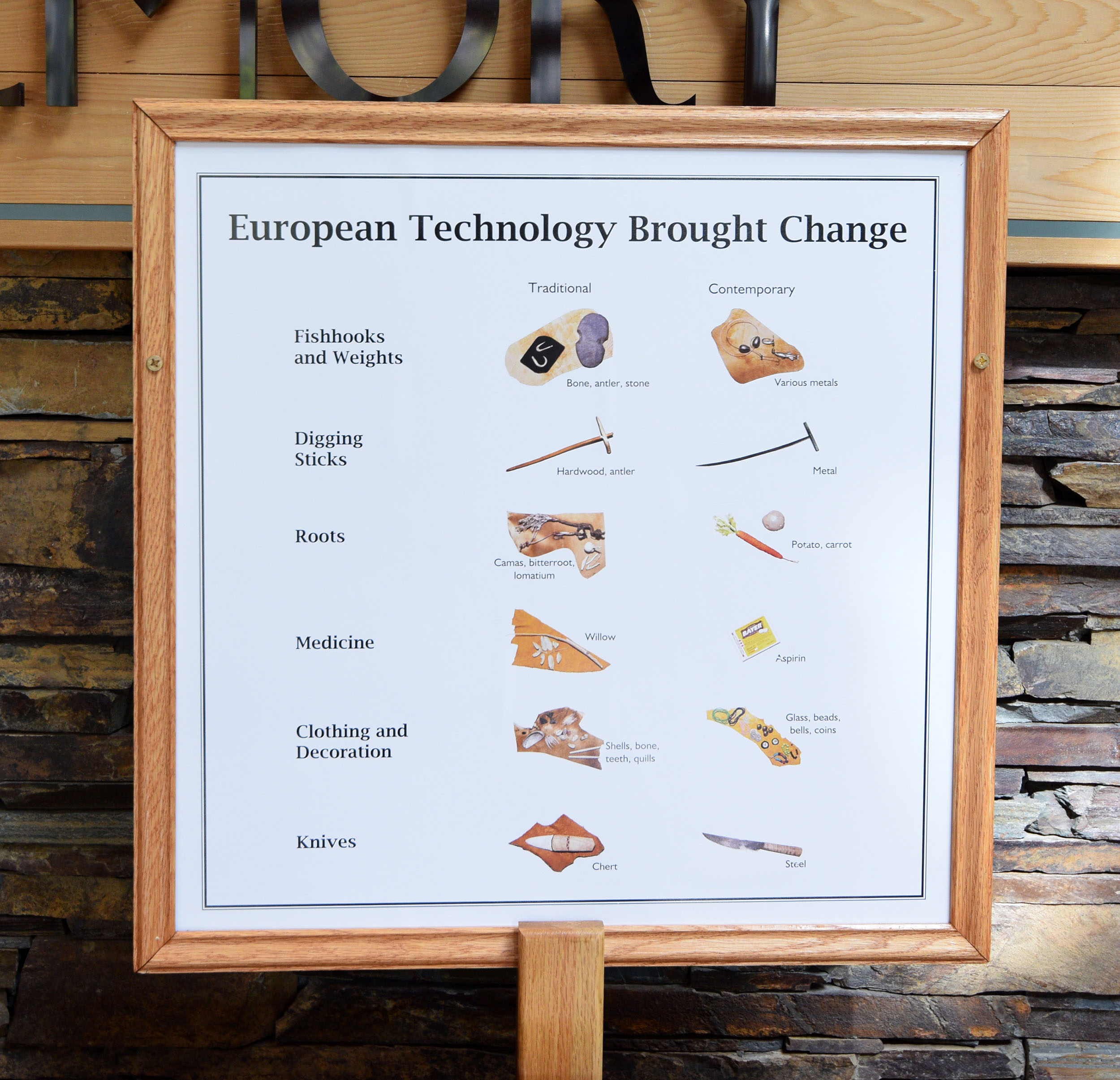
Native People of the Willamette Valley and Coastal Range did not have to move as frequently since seasonal weather changes and food availability have been more stable. As a result, cultural practices were related to managing local resources and developed in one location over a period of time.
We expect that environmental changes impacted humans for thousands of years, what surprises many people is that humans were also already altering our environments.
Some human-created environments have persisted for thousands of years like meadow grasslands that are created by repeatedly burning potential forests.
To put in perspective how humans repeatedly impact an environment, this video outlines some of the changes that have occurred on one piece of land over the past few centuries.
Some of our impacts to a habitat can be unintentional. Within ecosystems, an impact on one trophic (feeding) level can cascade (move) through other trophic levels. For example, if you add large fish to a lake, it can impact the amout of phytoplankton even if the large fish do not directly eat the phytoplankton. Looking at the simplified food chain, can you explain why?

Answer: an increase of large fish would decrease the small fish and insects they eat. Without those small fish and insects, the organisms they eat (smaller consumers) would increase. They eat phytoplankton, so an increase in the herbivores would decrease the amount of producers like algae.
Interactions with Other Species
What type of animal is the biggest threat to humans? Find out in this video.
Hematophagous (blood-eating) arthropods can transmit pathogens to humans.
Our species has altered the trajectory of other species for well over 10,000 years. This includes hunting, selective breeding, and by altering habitats.
A coprolite is fossilized scat. Studying mineralized fecal material, including human coprolites, can give a hint to what long-dead organisms ate in their time.
Did humans drive the mammoth to extinction? One of the keys would be determine whether we used the mammoth for anything, like food.
The next section explores the significance of agriculture and land issues.

Check your knowledge. Can you:
-
map the distribution of humans on earth?
- describe how humans can change environments over time using historical examples?
- provide examples of human interactions with other species, including parasites and organisms used for food?



